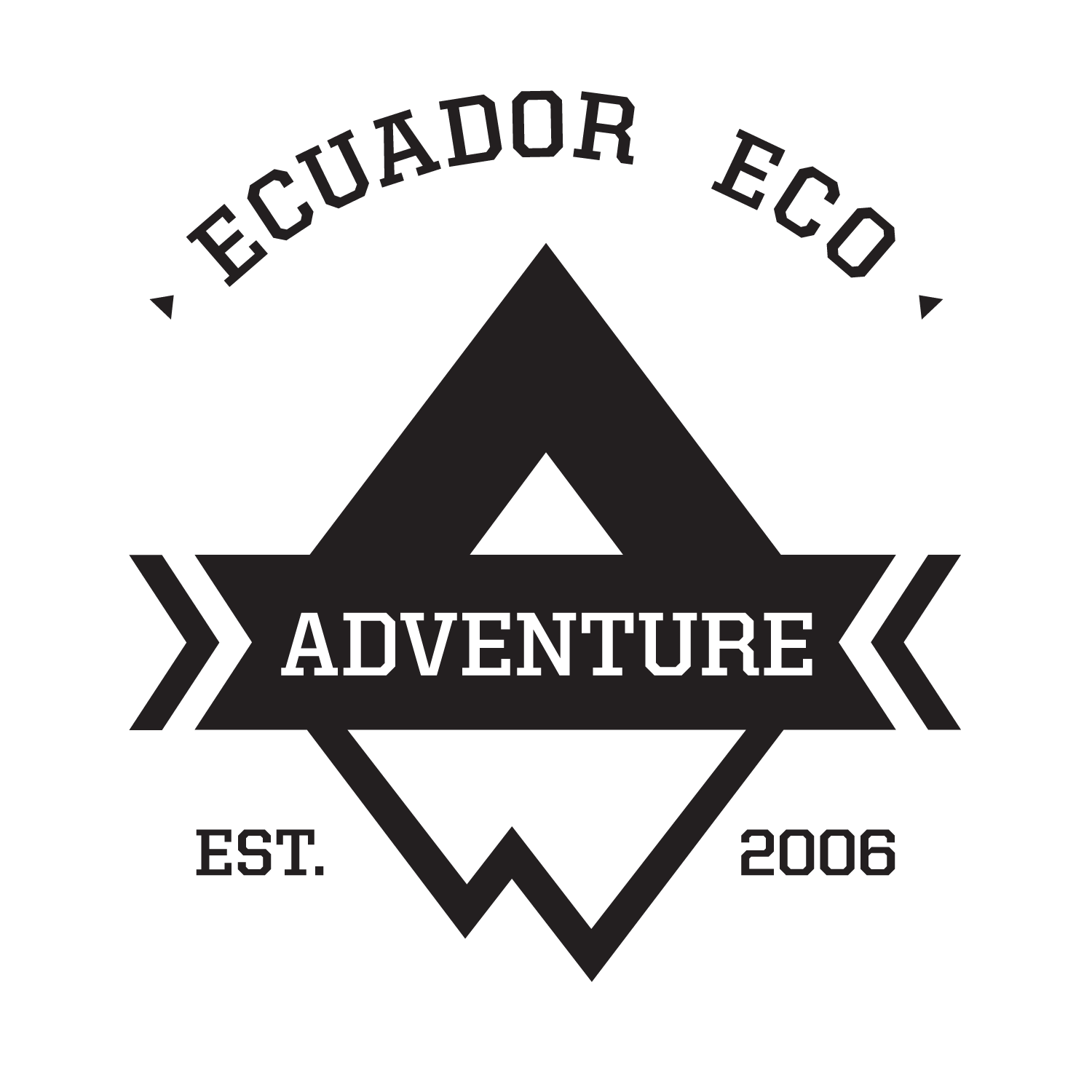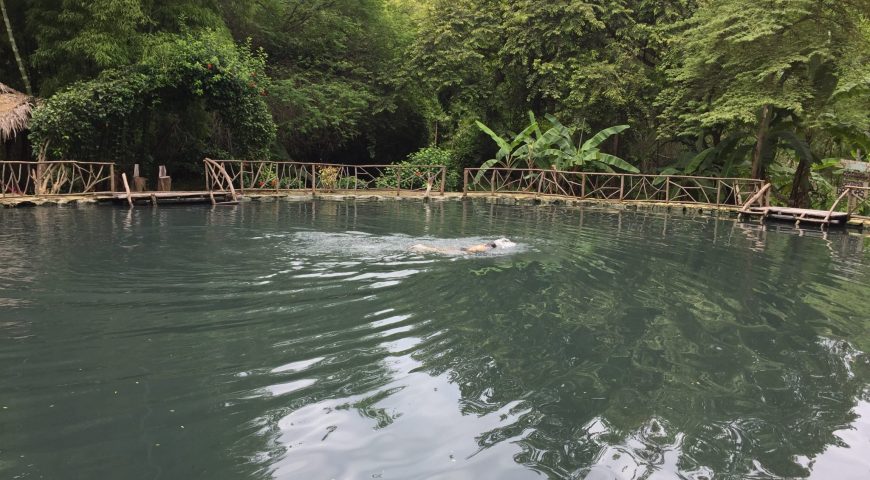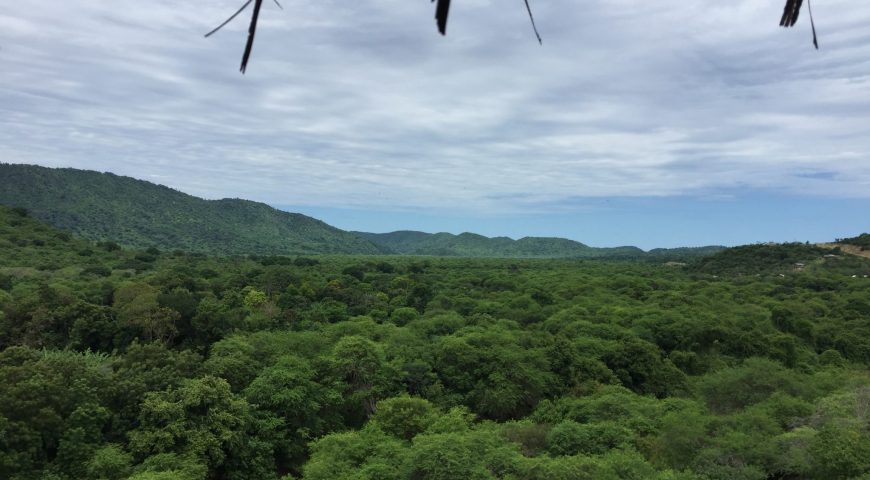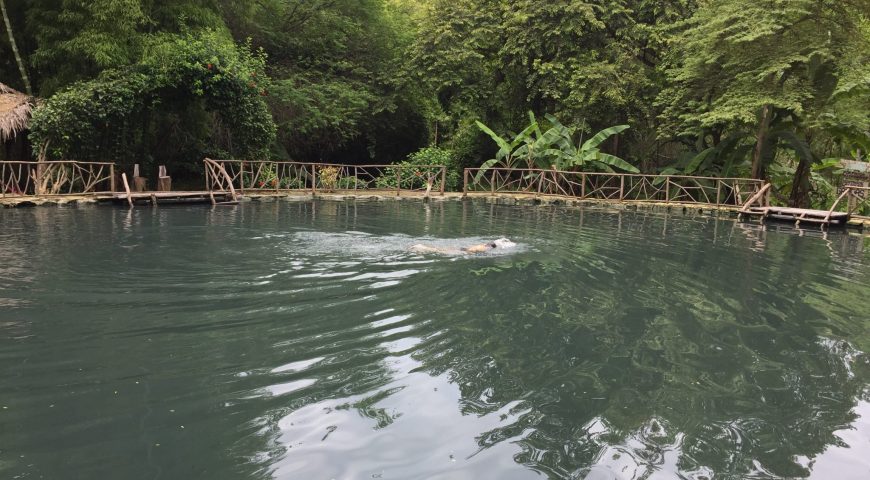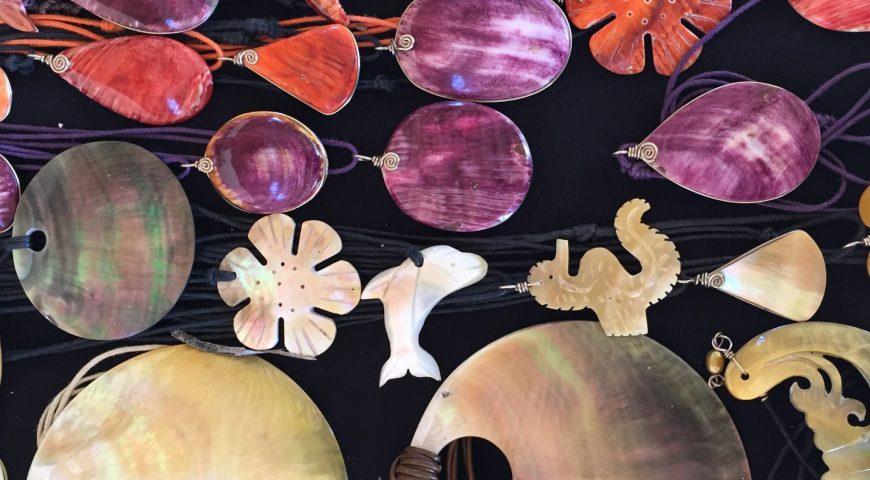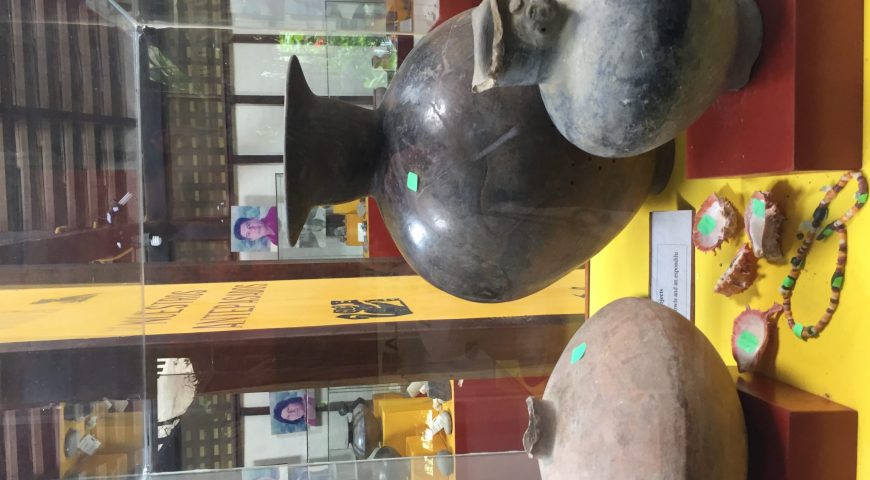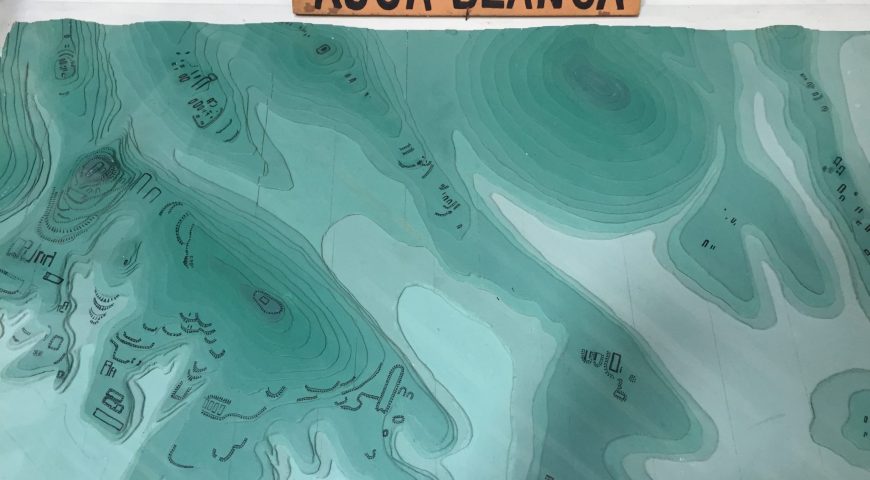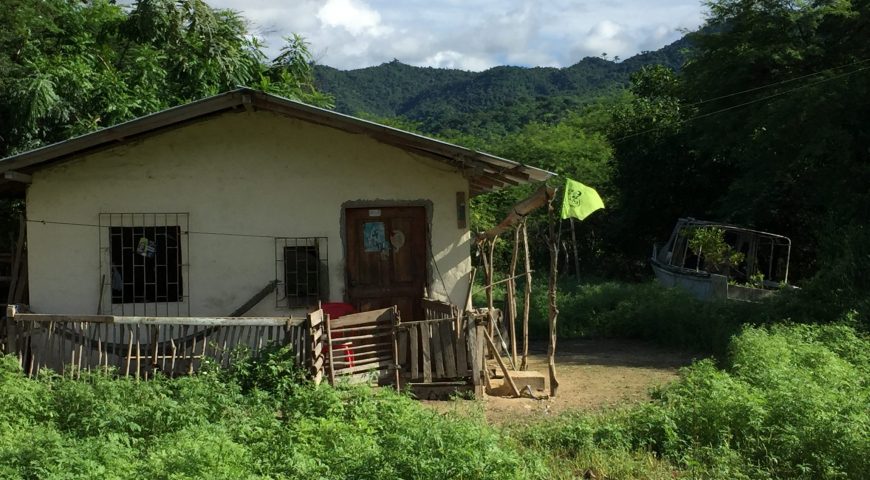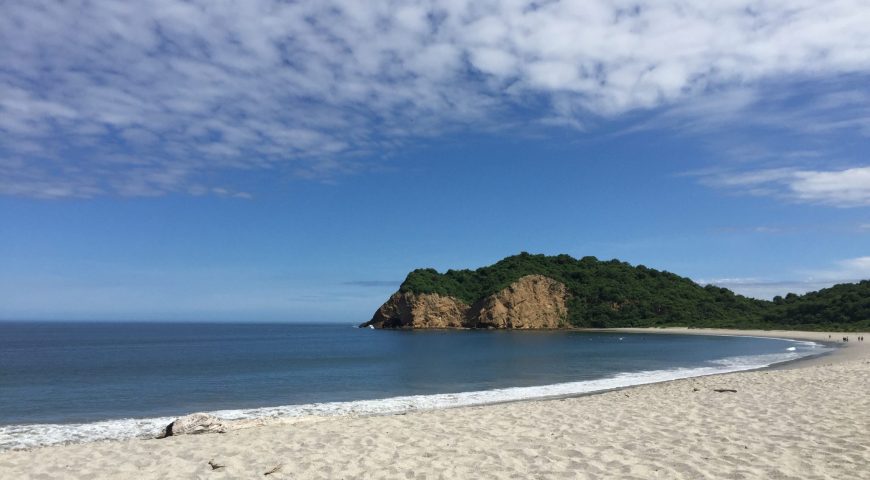Agua Blanca Machalilla National Park
Agua Blanca Machalilla National Park
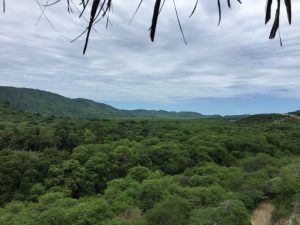 Along the heart of the central coast of Ecuador lies the Agua Blanca Machalilla National Park Community, which is a collaborative community that has been working with Eco Tourism since 1930. The community itself is located within the Machalilla National Park, a protected region since 1978. About three hundred families call this rich green coastal jungle home, living off the land and the tourism services they provide to the thousands who come each year to visit.
Along the heart of the central coast of Ecuador lies the Agua Blanca Machalilla National Park Community, which is a collaborative community that has been working with Eco Tourism since 1930. The community itself is located within the Machalilla National Park, a protected region since 1978. About three hundred families call this rich green coastal jungle home, living off the land and the tourism services they provide to the thousands who come each year to visit.
Agua Blanca is best known for its luxurious natural sulfur lake, which while isn’t exactly impressive in size, is renowned for its famous mud, which is collected by visitors from the bottom of the lake. The mud is reputed to have incredible healing effects for people who suffer from any variety of skin irritations, and people smear it all over them while relaxing around the lake area. The community has also recently constructed a spa building where you can have a traditional mud massage and mud facials by local women in the community. I will say that the volunteers who I saw working there certainly had clear and glowing skin, but it is hard to say whether that is from the tranquil happiness of living in a beautiful national park or smearing daily mud on ones face. The slogan here is enter whatever age you are and leave ten years younger.
The Machalilla National park is Ecuador’s only coastal protected region, a rare example of what the majority of the p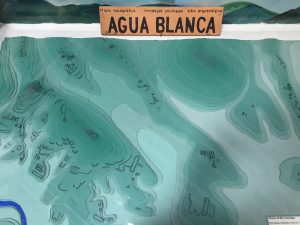 acific coast once looked like before it was forested. This is a coastal tropical forest with 200 hundred species of birds, countless animals, and other strange wildlife, and has evidence of civilization stretching as far back as 3000 B.C. There are artifacts and remains here of the Manteno (MANTA), Chorrera, and Salango Cultures. The current inhabitants are of indigenous origin and share their roots with the more recent Manteno culture of about 800 years ago. When asked the locals do identify themselves as descendants of the Manteno’s. In the almost 10,000 hectares of primary coastal tropical rain and cloud forest, one gets the sense this have been a zone of culture for a long time. Machalilla Park itself has it all; beaches, lake, rivers, dry forest, and cloud forest.
acific coast once looked like before it was forested. This is a coastal tropical forest with 200 hundred species of birds, countless animals, and other strange wildlife, and has evidence of civilization stretching as far back as 3000 B.C. There are artifacts and remains here of the Manteno (MANTA), Chorrera, and Salango Cultures. The current inhabitants are of indigenous origin and share their roots with the more recent Manteno culture of about 800 years ago. When asked the locals do identify themselves as descendants of the Manteno’s. In the almost 10,000 hectares of primary coastal tropical rain and cloud forest, one gets the sense this have been a zone of culture for a long time. Machalilla Park itself has it all; beaches, lake, rivers, dry forest, and cloud forest.
Preservation and tradition are important sentiments I come across in the vast variety of communities I visit in Ecuador. In Agua Blanca, while their original Manteno language has been lost. The traditions of ceramics, shell work, and customary dress has been maintained and still practiced. For thousands of years people here have been entwined with the flora and fauna, working its materials, and eating and harvesting its bounties. In addition to the lake of youthful sulfurus mud, the community worked together to build a museum which shows the incredible array of artifacts all found within walking distance. In this museum thousands of years are summarized in shards and fragments of pottery and stone sculptures, small metal-workings, and ceramic seals. The most well known of Agua Blanca’s treasures are the several intact funerary urns, that simply appeared out of the soil many years ago when the river was so high it triggered erosion. They reveal the huddled remains of a couple, skeleton and all inside a funarary urn which must have been made around them after they passed.
Agua Blanca is currently one of the only cooperative communities in Ecuador to have an on-location active archaeology program. There is a 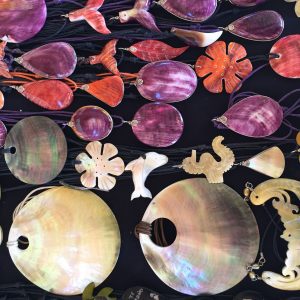 professional Canadian Archaeologist who has moved to the community permanently and is dedicating his life to researching the remains and structures left behind by the various cultures that have occupied the area around and within the Machalilla National Park.
professional Canadian Archaeologist who has moved to the community permanently and is dedicating his life to researching the remains and structures left behind by the various cultures that have occupied the area around and within the Machalilla National Park.
Volunteers here will truly find themselves in a diverse experience. Having been self sustainable for many years, the community is now opening up to working with Ecuador Eco Volunteers, to allow for immersive and fascinating experiences in this beautiful place. Future volunteers will work towards building new and natural open air structures for both visitors and community members alike to enjoy. The community is also interested in having our participants teach english semi-weekly to the students of the local school. One of the most exciting opportunities is the ability to work with the on-site archaeological team in every facet of their project and research. Over the next several years who knows what huge discoveries are to be made in this cradle of life and culture.
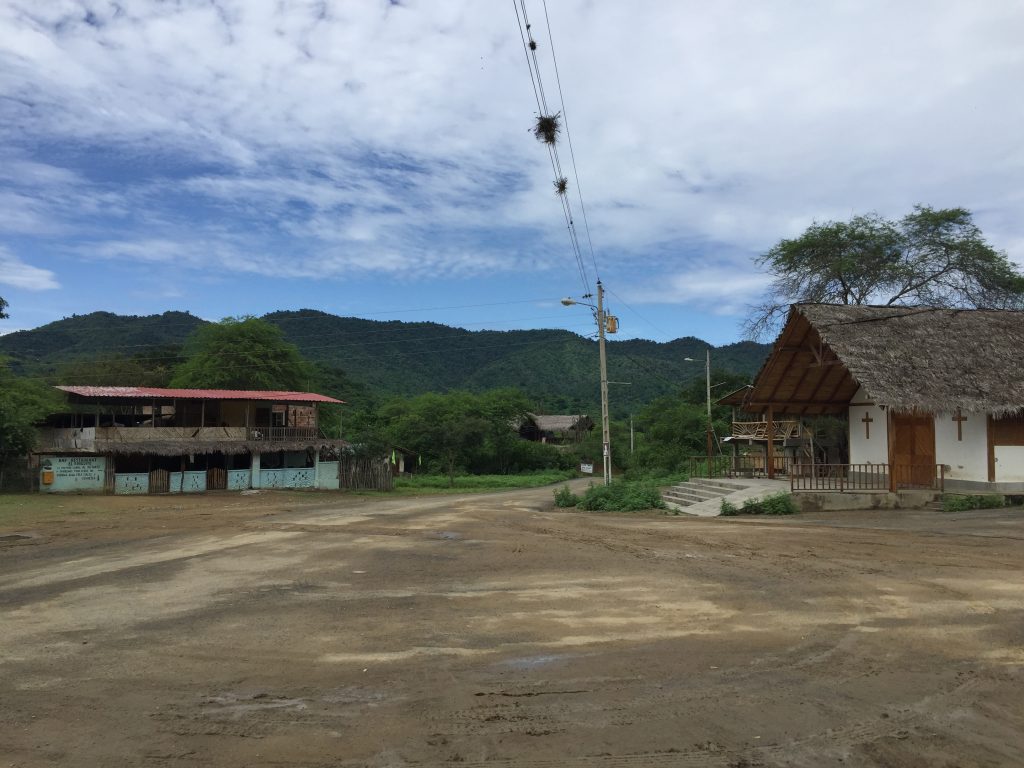
By: Craig Usher – 2007
General Manager and Founder. National guide and wildlife expert, photographer of wildlife, and afficionado of history. Wlady is a proud Ecuadorian who went to highschool in New Zealand and started of Ecuador Eco Adventure after meeting his Aussie mate Jake while studying ecotourism at uni. Ask us about how to climb Cotopaxi and Climbing Chimborazo as well as Trekking in Ecuador and Yasuni Amazon Tours.

